Dados do Trabalho
Título
Retinoblastoma: Beyond what the eyes can see
Apresentação do caso
Retinoblastoma (RB) is a malignant tumor affecting the retina in children under five, presenting with symptoms such as leukocoria, strabismus, edema, pain, or eyelid hyperemia. Diagnosis involves clinical, radiological, and ophthalmological evaluations to determine the extent of the disease. Metastatic sites commonly include lymph nodes, bones, the central nervous system (CNS), and bone marrow. Intraocular disease has an excellent chance of cure, but the prognosis is poor for metastatic cases.
We report a case treated at GRAACC, São Paulo, Brazil, emphasizing the importance of early diagnosis. A 3-year-old boy from Amazonas, northern Brazil, exhibited leukocoria since birth, which progressed to proptosis, hyperemia, local pain, a skull nodule, and hepatomegaly. Staging revealed widespread dissemination involving the optic nerve, chiasmal/suprasellar region, diffuse leptomeningeal areas, retroperitoneal lymphatic and hematogenous dissemination (parietal bone, L5, L1, S1, and S2 vertebrae, left scapula, femur, and pelvis), bone marrow, CNS, and liver. Unfortunately, two months after chemotherapy (CT), neurological deterioration led to palliative care.
Discussão
While patients with intraocular RB have a cure rate of up to 90%, those with extraocular disease have a worse prognosis, especially when the CNS is involved. Hepatic metastasis is rare, with few reported cases, all involving the CNS and bones. High-risk factors include invasion of the optic nerve posterior, choroid, sclera, anterior chamber, iris, and ciliary body. The treatment of intraocular RB can involve various modalities such as systemic, intra-arterial, or intravitreal CT, and many local therapies, most often with preservation of vision and the eyeball. While the standard treatment for extraocular disease involves systemic and intrathecal CT, followed by enucleation, hematopoietic stem cell transplantation (HSCT), and radiotherapy (RT), which can improve disease-free survival.
Given the significant discrepancy in survival rates among these patients, education on early diagnosis becomes essential. It is crucial to understand the disease to prevent a tumor confined to the eyeball, with very high cure rates, from spreading aggressively and affecting various organs systemically.
Comentários Finais
Improving the survival of metastatic RB remains a challenge. We present a rare case with systemic dissemination. Education about the warning signs is crucial for prevention, early diagnosis and better survival.
Área
Tumores sólidos
Categoria
Categoria Médico
Autores
Carolina Silva de Aguiar, Fernanda Gomes de Almeira Gonçalves, Camilla Carvalho Cabral, Ana Flavia Marcelino Riccetto, Raissa Calabria Cavalcanti Gomes Queiroz, Thamires Rodrigues Blois, Bruna Fernanda Silva Cardoso Morales, Luiz Fernando Teixeira, Henrique Manoel Lederman, Carla Renata Pacheco Donato Macedo
